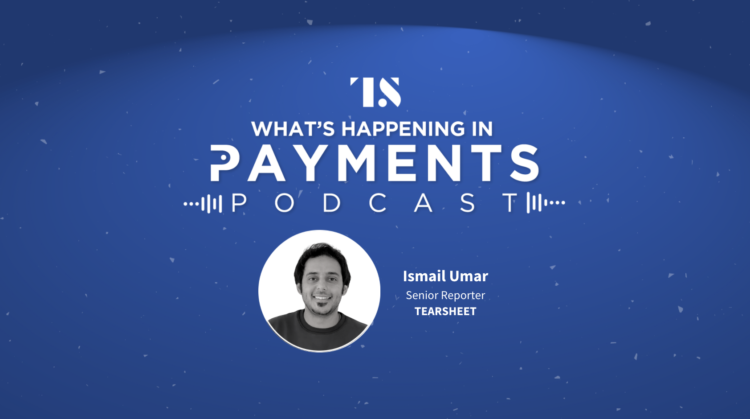Payments, Podcasts, Power of Payments Podcast
Power of Payments Ep. 3: Veem’s Marwan Forzley on the role of blockchain in B2B payments
- Marwan Forzley, co-founder and CEO of Veem, joins me on the podcast today.
- We discuss the advantages of blockchain-based B2B payments, limitations, regulatory challenges, and what the future holds for the space.








